1941 Confronting antipathy towards Indigenous Canadians
Do You Eat the Red Ones Last?
Canada’s Not-so-clandestine War to Expropriate Indigenous Lands and Resources
by Marc G. Stevenson
Victoria: FriesenPress, 2022
$18.99 / 9781525585838
Reviewed by Ken Favrholdt
*
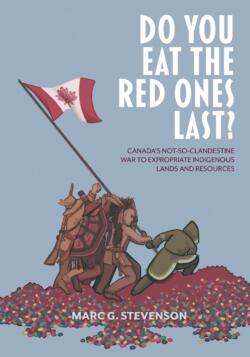 First, a word about the title to this book. It came from a 1980s meeting, as the Department of Fisheries and Oceans co-chair emptied a bag of Smarties on a table, using them to describe wildlife co-management with Indigenous Canadians in the north. “Let’s pretend these candies are the beluga you hunt.” DFO claimed the decline of beluga whales by Inuit in Cumberland Sound along the Arctic coast in Nunavut was due to overhunting.
First, a word about the title to this book. It came from a 1980s meeting, as the Department of Fisheries and Oceans co-chair emptied a bag of Smarties on a table, using them to describe wildlife co-management with Indigenous Canadians in the north. “Let’s pretend these candies are the beluga you hunt.” DFO claimed the decline of beluga whales by Inuit in Cumberland Sound along the Arctic coast in Nunavut was due to overhunting.
This semi-autobiographical account of Marc G. Stevenson’s career reveals his deep understanding of Indigenous relationships with the natural world. It is the story of how Stevenson became an anthropologist and, in his own words, “a defender of cultural values, perspectives and traditions different from those with which I was raised.”
Indeed, the story encapsulates how western scientists and Indigenous knowledge-keepers have interacted over the years in many situations. Stevenson’s journey begins in the Arctic with the conflict between the Department of Fisheries and Oceans and the Southeast Baffin Inuit people over their beluga whale hunt.
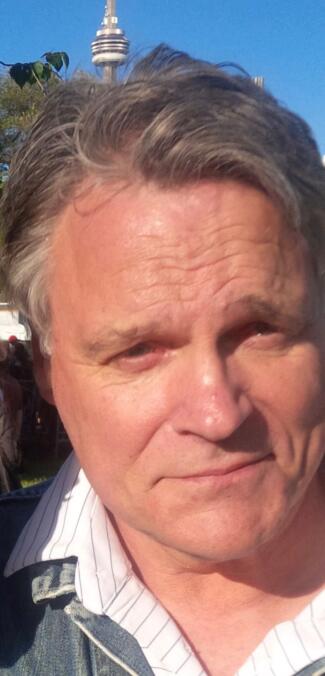
Stevenson states that he claims no “great currency or expertise with respect to Indigenous cultures,” although his experiences and what he has learned has made him an ally of Indigenous peoples and an expert on governmental matters. Never one to mince words, he states: “I … learned to get things done within a bureaucracy of stifling ineptitude.” “Some readers may feel I have been overly critical, even disparaging, of wildlife biologists and conservation bureaucrats in their engagement with Indigenous peoples in the context of wildlife management.”
What is Indigenous knowledge Stevenson asks? How are the paternalistic mindsets to be decolonized? Early in his career, Stevenson came to a profound understanding: “I began to comprehend that it was not so much the animals or their habitats around which Indigenous peoples constructed their ecological knowledge, but their relationships to these parts, and the interrelationships among all parts of the whole.” “On numerous occasions when discussing Aboriginal title and land ownership with First Nations elders, they have corrected me employing the epithet: ‘We do not own the land, the land owns us.’”
Stevenson has worked for Indigenous communities for over three decades and has held positions with Parks Canada, the government of the Northwest Territories, and the University of Alberta. He has written extensively on Indigenous ecological knowledge, wildlife management, and archaeological method and theory.
In 1981, he had been hired by the Beverly-Qamanirjuaq Cariboo Management Board ((BQCMB) to design an Indigenous knowledge study of caribou in Saskatchewan. However, when the board chair dictated that he revise it to address non-Indigenous board member priorities, Stevenson resigned. He recounts an event that greatly disturbed him — the relocation of the Sayisi Dene in a fateful attempt to protect the caribou population in 1956 which has had ramifications to this day. Laments Stevenson, “I struggled to read and comprehend the powerful, heart-wrenching stories of the Sayisi Dene in Night Spirits,” a book (2000) by Ila Bussidor. Stevenson goes on to say, “No prior or subsequent wildlife management decision in Canada or forced abduction and relocation of this country’s original inhabitants has had a more devastating and unintended impact.”
In 1983, Stevenson became the historic archaeologist at Prince of Wales Northern Heritage Centre in the Northwest Territories, which at that time included Nunavut. Stevenson says that this was to be his first meaningful experience working with and for Indigenous people. The highlight of his career as an archaeologist was working with Inuit elders to document their history of settlements across Cumberland Sound. After this two-year contract he continued to work in the north but in 1987 he decided to leave Yellowknife for Edmonton to pursue a PhD in Anthropology at the University of Alberta. His dissertation, naturally, was to be Cumberland Sound Inuit social and cultural change as a consequence of their contact with British and American whalers.
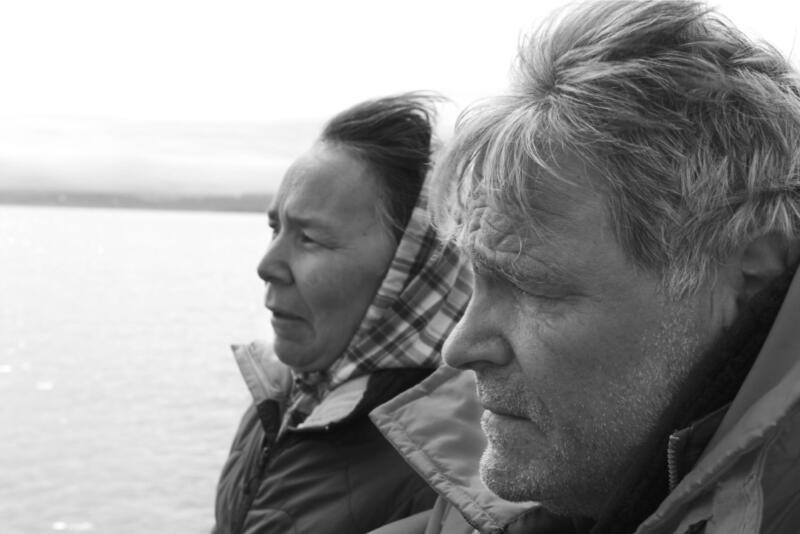
During the ‘90s, Stevenson developed traditional ecological research protocols for a variety of Indigenous boards including the Nunavut Wildlife Management Board. He got to know the Pangnirtung people, including some of their language. The concept of wildlife was problematic. “There is no bifurcation of the animal world into wild and domestic in traditional Inuit thinking,” Stevenson makes clear. Other words commonly used in wildlife management including harvest, sustainable yield, total allowable catch, stock, etc. “continued to challenge Inuit committee members.”
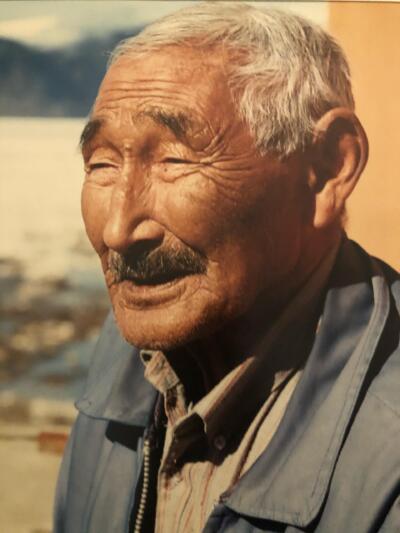
Stevenson’s book touches on almost every issue that affects Indigenous life – “… a war unfolding on multiple fronts” — social, economic, political, cultural, spiritual, and psychological – “exposing how Indigenous Canadians are given short shrift in wildlife co-management, environmental impact assessment, historic treaty interpretation, comprehensive land claims, provincial land use planning, and cultural resource management.”
Of interest to British Columbia readers are Stevenson’s comments on the Wet’suwet’en conflict with Coastal GasLink’s pipeline for natural gas through traditional territory. The hereditary chiefs received a mandate from their membership to reject the pipeline but internal divisions stalled the negotiations. In February 2020, however, the hereditary chiefs and both levels of government developed a draft agreement to push along the Wet’suwet’en rights and title process.
While it may seem that Stevenson is ticking off the proverbial boxes, his work and relationship with Indigenous peoples comes from the heart. A maverick of sorts, Stevenson is undoubtedly one of the foremost non-Indigenous academic allies of Indigenous peoples in Canada. He reaches beyond the mere governance issues related to lands and resources to the ultimate goal of truth and reconciliation.
The Postscript addresses Stevenson’s desire: “I would hope that by sharing my experiences and the wisdom of Indigenous hunters, leaders and scholars, others will be inspired to challenge the systemic biases and racial prejudices of those who find comfort in the status quo.”
Although there are many personal anecdotes throughout the book, Stevenson includes only a few illustrations. Pictures of meetings and individuals, such things as fishing weirs and Lidar technology, and maps and photos of places Stevenson mentions, would have brought some drier topics to life.
The Postscript is followed by the Epilogue that attacks the lack of concern in Canada. “Antipathy towards Indigenous Canadians permeates all levels of government as well as many segments of Canadian society…. And it [Indigenous racism] is particularly ubiquitous and pernicious in efforts by Canada’s governing and corporate elites to expropriate Indigenous lands and resources.”
The text may be too academic for some (even for scholars like me) interested in this important subject. But students will benefit from Stevenson’s well-researched analysis of Indigenous knowledge and, if one can wade through the legalistic and polemical prose, a clear message: “So, what other avenues might we consider to create a more ethical and level playing field for Indigenous peoples in decisions that directly and indirectly impact their lands, rights and resources?”
Stevenson’s book ends with a lengthy list of acknowledgements. There is no question that Stevenson has earned the authority to write about what he calls, “the systemic barriers inherent in little known and poorly understood colonial institutions that divest Indigenous Canadians of their lands, rights and cultures.” His message is blunt and sweeping.

*
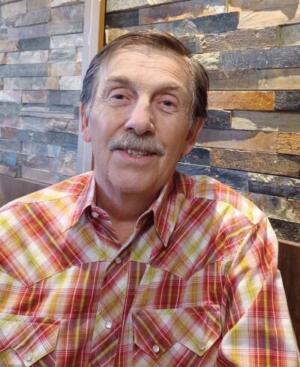
Ken Favrholdt is a freelance writer, historical geographer and museologist with a BA and MA (Geography, UBC), a teaching certificate (SFU), and certificates as a museum curator. He spent ten years at the Kamloops Museum & Archives, five at the Secwépemc Museum and Heritage Park, four at the Osoyoos Museum, and he is now Archivist of Tk’emlúps te Secwépemc. He has written extensively on local history in Kamloops This Week, the former Kamloops Daily News, the Claresholm Local Press, and other community papers. Ken has also written book reviews for BC Studies and articles for BC History, Canadian Cowboy Country Magazine, Cartographica, Cartouche, and MUSE (magazine of the Canadian Museums Association). He taught geography courses at Thompson Rivers University and edited the Canadian Encyclopedia, geography textbooks, and a commemorative history for the Town of Oliver and Osoyoos Indian Band. Ken has undertaken research for several Interior First Nations and is now working on books on the fur trade of Kamloops and the gold rush journal of John Clapperton, a Nicola Valley pioneer and Caribooite. He lives in Kamloops. [Editor’s note: Ken Favrholdt has recently reviewed books by George H. S. Duddy, Terrance N. James, Mali Bain, Liz Bryan, Erín Moure & Anne Callison for The British Columbia Review.]
*
The British Columbia Review
Interim Editors, 2023-24: Trevor Marc Hughes (non-fiction), Brett Josef Grubisic (fiction)
Publisher: Richard Mackie
Formerly The Ormsby Review, The British Columbia Review is an on-line book review and journal service for BC writers and readers. The Advisory Board now consists of Jean Barman, Wade Davis, Robin Fisher, Barry Gough, Hugh Johnston, Kathy Mezei, Patricia Roy, Maria Tippett, and Graeme Wynn. Provincial Government Patron (since September 2018): Creative BC. Honorary Patron: Yosef Wosk. Scholarly Patron: SFU Graduate Liberal Studies. The British Columbia Review was founded in 2016 by Richard Mackie and Alan Twigg.
“Only connect.” – E.M. Forster































2 comments on “1941 Confronting antipathy towards Indigenous Canadians”